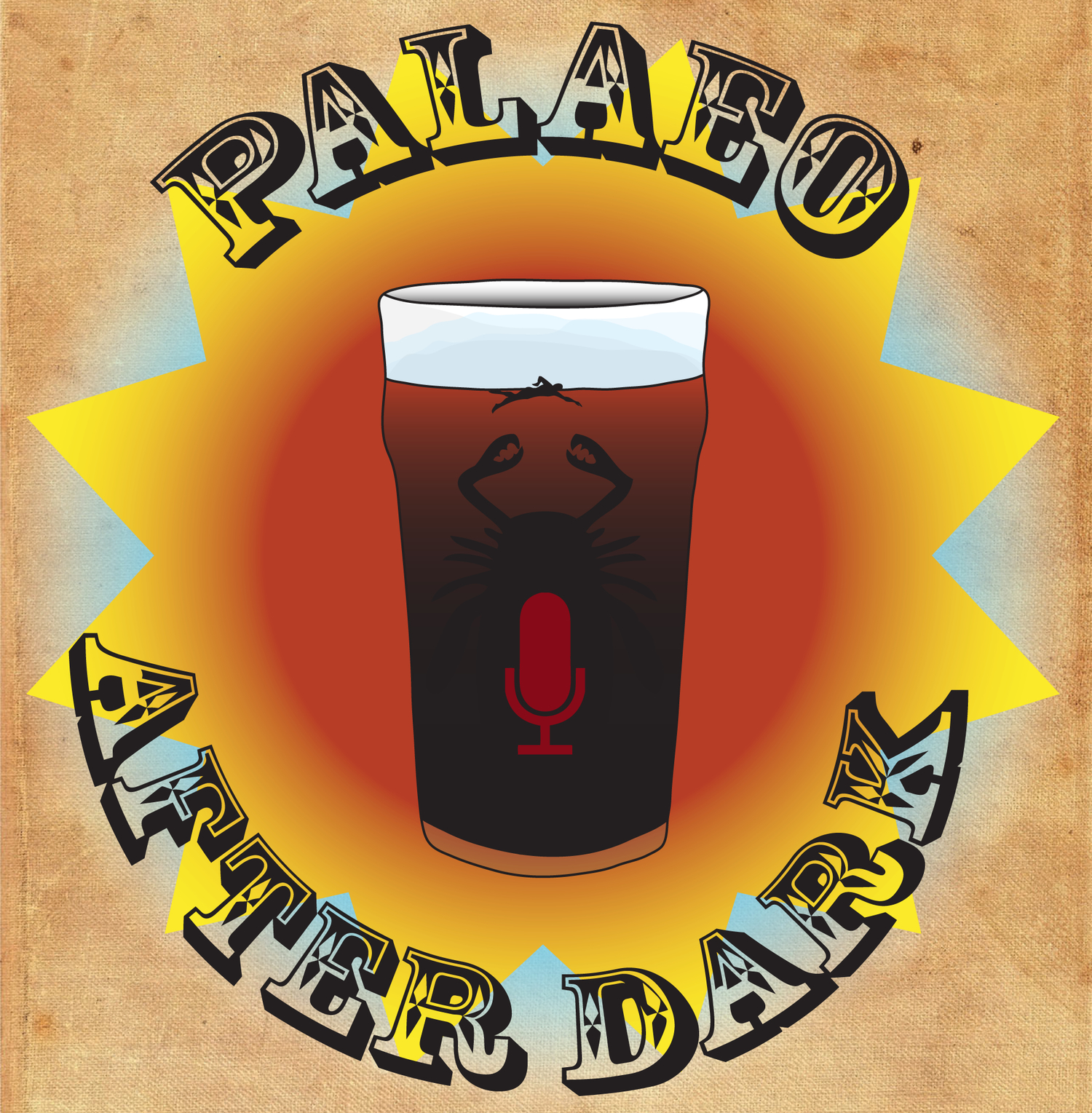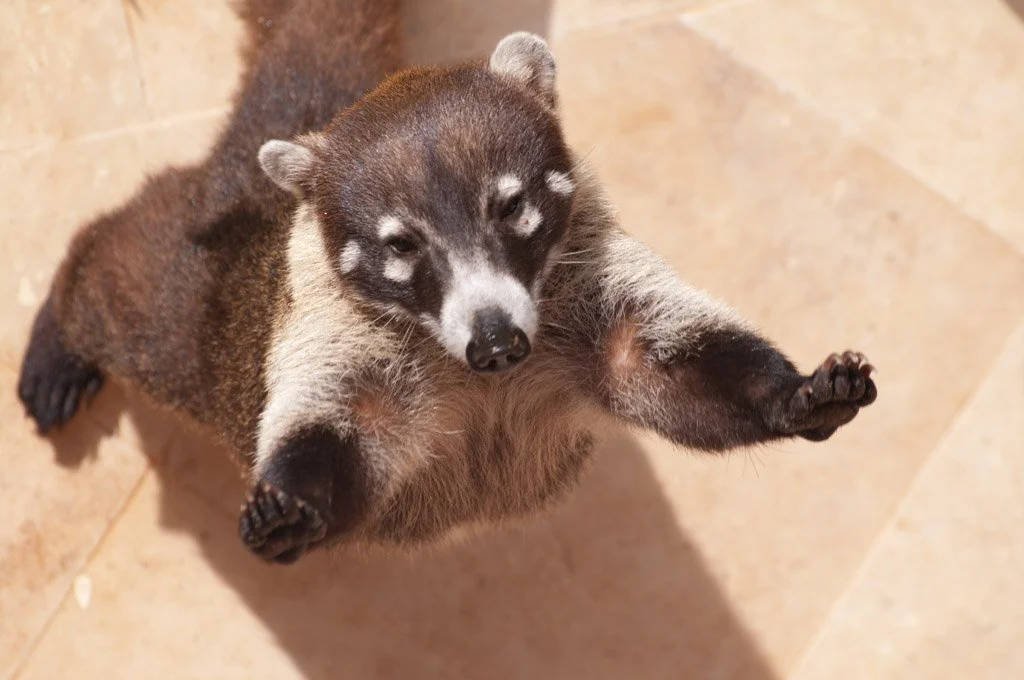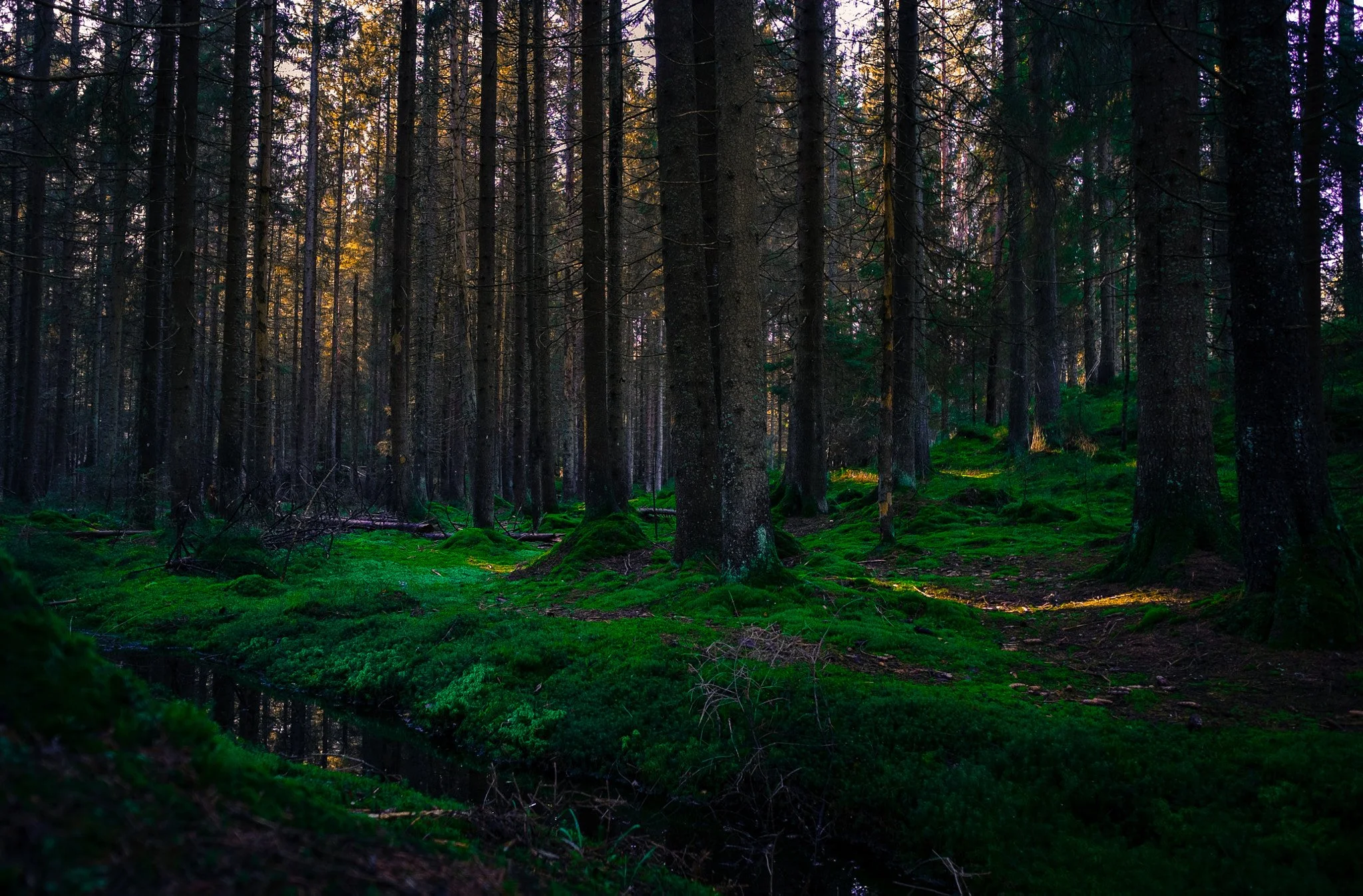Podcast 286 - Dinosaurs, Sabertooths, and Mojitos; Oh My!
/The gang discusses two papers that study ecological changes in the evolutionary history of some charismatic ancient animal groups. The first paper uses geographic data to infer the timing of the evolution of homeothermy in non-avian dinosaur groups, and the second paper looks at the mechanisms by which cats (and cat-like animals) developed saber teeth. Meanwhile, Curt makes some plans for Amanda, James muddles things over, and Amanda could use another.
Up-Goer Five (Curt Edition):
The friends talk about two papers that look at how where animals live can change how they look and also maybe how they look can change where they can live. The first paper looks at old big angry animals and where they live to see if they can find when these animals were able to make themselves warm inside. We have other things that make us think that some of these big angry animals may have been able to get warm inside, but that this might have happened a few times in this group. By looking at where these animals were found in the past, they see that there are times when these animals move into places that are colder. They use this to say that these times may be because these animals now being able to make themselves warm inside.
The second paper looks at animals that are cats and cat like animals. Some of these cats and cat like animals have very long teeth. This paper does a lot of things to study how these cats and cat like animals change their heads when they get these big teeth. They find that some of these cat like groups do this in a different way than cats, but also that cats start to change their heads to be a bit more like the cat like things when they get bigger teeth but also not in the same way.
References:
Chiarenza, Alfio Alessandro, et al. "Early Jurassic origin of avian endothermy and thermophysiological diversity in Dinosauria." bioRxiv (2023): 2023-12.
Chatar, Narimane, et al. "Evolutionary patterns of cat-like carnivorans unveil drivers of the sabertooth morphology." Current Biology (2024).

















